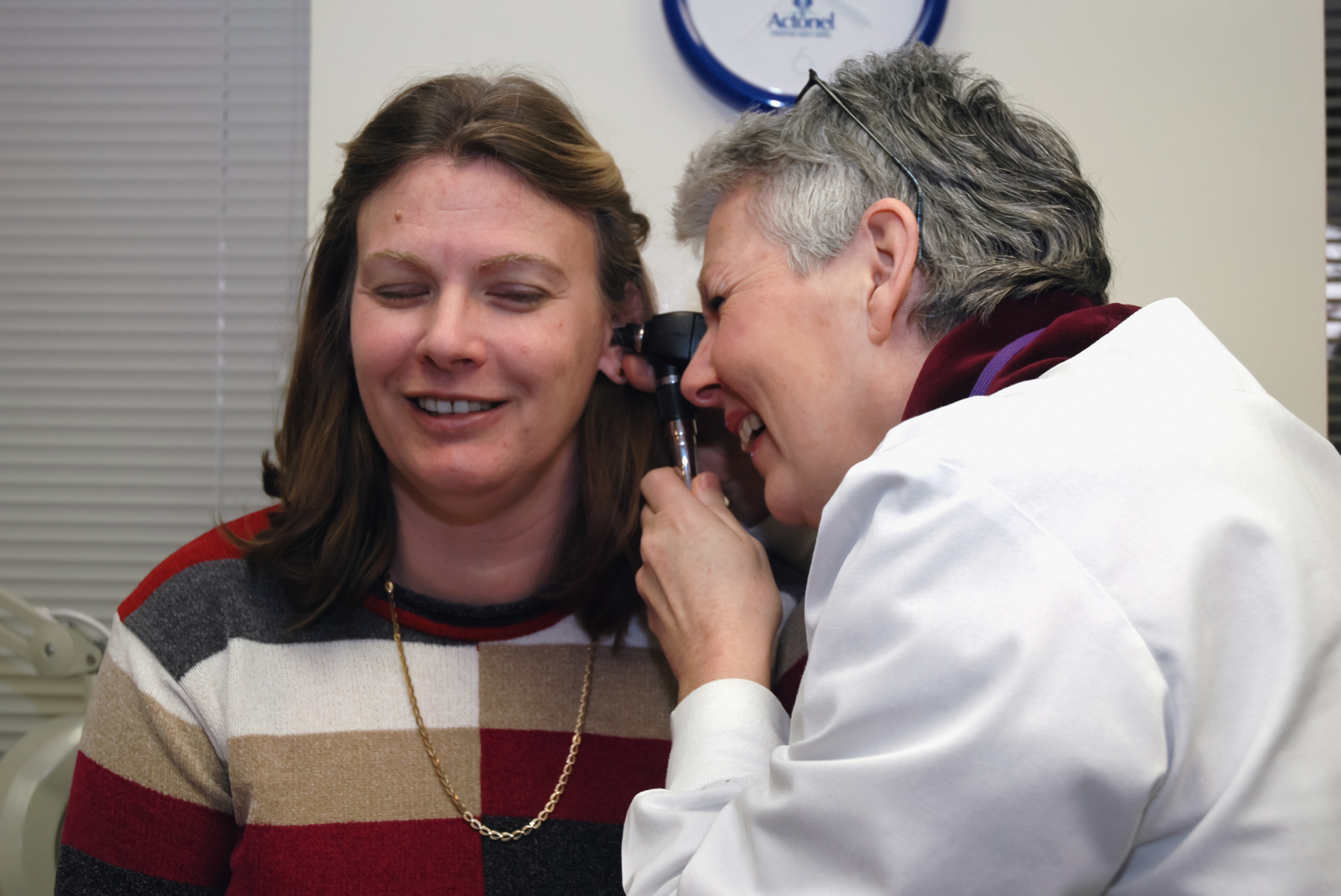

What do doctors look for when they check your ears with a light? Otoscopy
When doctors check your ears with a light, they are performing a procedure called otoscopy. Otoscopy is a simple and non-invasive examination of the ear using an otoscope, which is a handheld device with a light source and a magnifying lens.
During an otoscopy, the doctor first inspects the external ear, known as the pinna or auricle. They look for any abnormalities such as redness, swelling, discharge, or lesions on the skin. The doctor may gently pull the pinna upward and backward to straighten the ear canal for better visualization.
Next, the doctor carefully inserts the otoscope into the ear canal and directs the light towards the eardrum (tympanic membrane). The light helps illuminate the ear canal and allows the doctor to visualize the structures inside the ear. The magnifying lens on the otoscope provides a close-up view of the eardrum and surrounding areas.
The doctor examines the eardrum for any signs of infection, injury, or other abnormalities. They assess the color, shape, position, and integrity of the eardrum. A healthy eardrum is typically pearly gray and translucent. The doctor may also look for signs of fluid behind the eardrum, which could indicate an ear infection.
During the examination, the doctor may use certain techniques to enhance visualization. They may gently pull the earlobe or use a technique called insufflation, where they blow a puff of air into the ear canal. These maneuvers help assess the mobility of the eardrum and check for signs of eustachian tube dysfunction or middle ear problems.
The otoscope examination is an essential part of diagnosing various ear conditions, including ear infections (otitis media), earwax buildup, foreign objects in the ear, perforated eardrum, and other ear disorders. It allows the doctor to gather important information about the patient's ear health and guide appropriate treatment decisions.
It's important to note that while otoscopy provides valuable information, it is often complemented by other diagnostic tests, such as audiometry (hearing tests) or tympanometry (measuring eardrum and middle ear function).
References:
1. Bickley, L. S., & Szilagyi, P. G. (2016). Bates' guide to physical examination and history-taking. Lippincott Williams & Wilkins.
2. American Academy of Otolaryngology-Head and Neck Surgery. (n.d.). Earwax and care. Retrieved from https://www.enthealth.org/conditions/earwax-and-care/
Related Posts
© 2025 Invastor. All Rights Reserved

User Comments